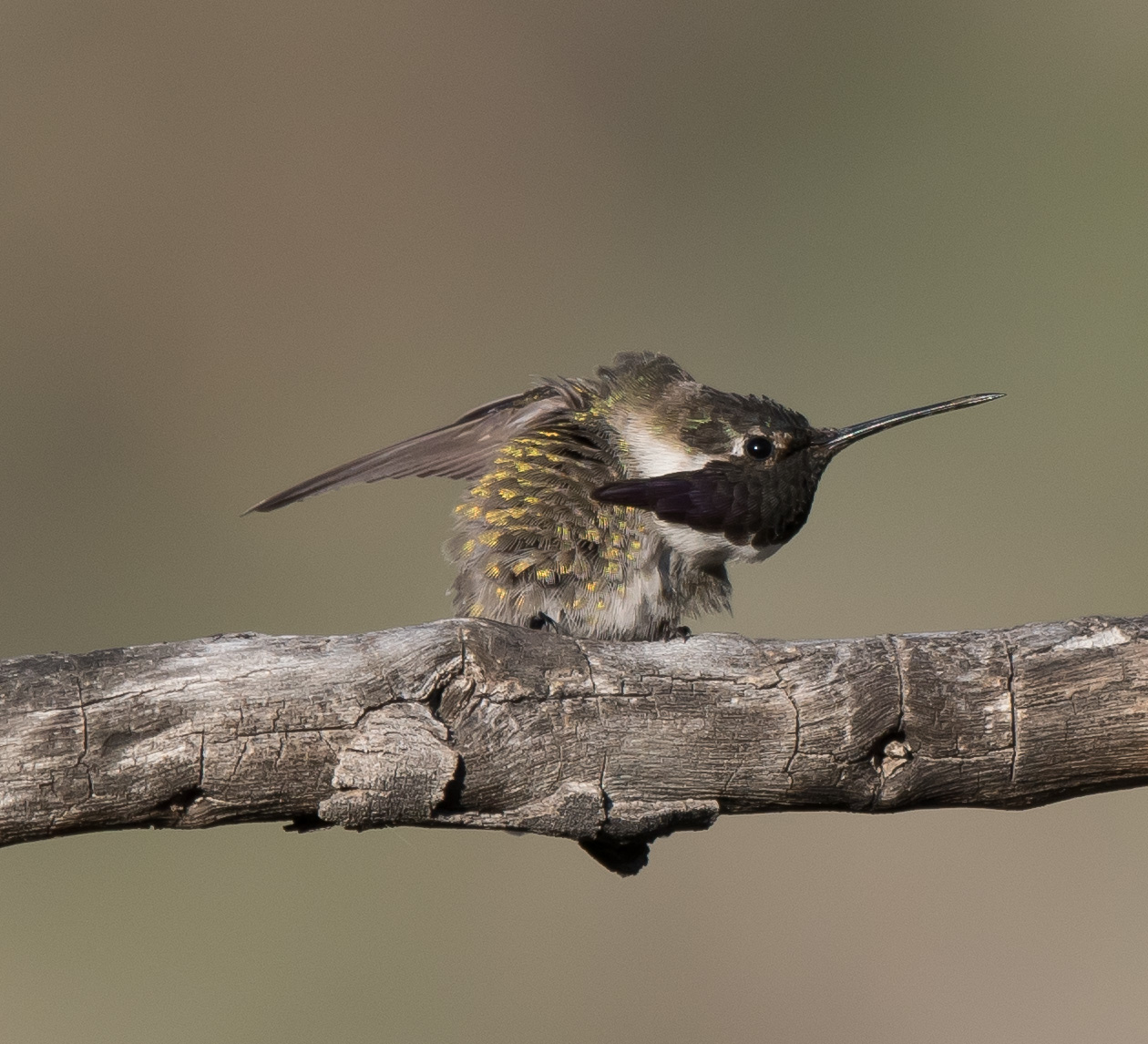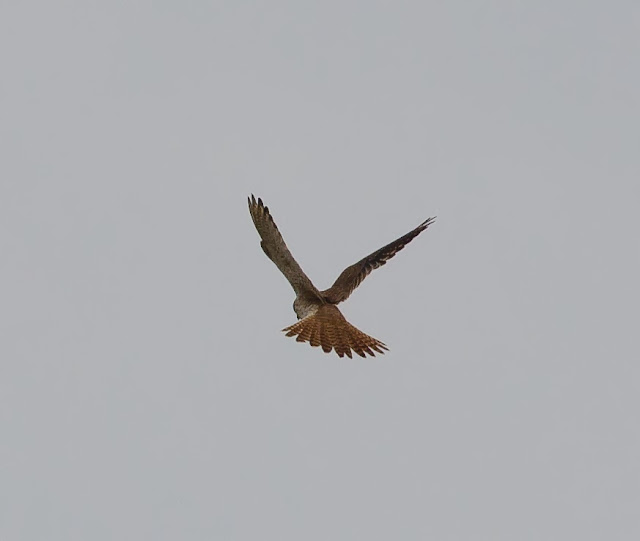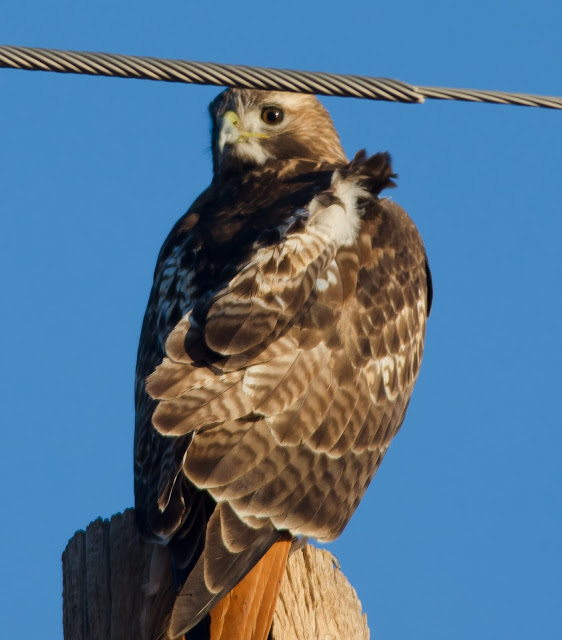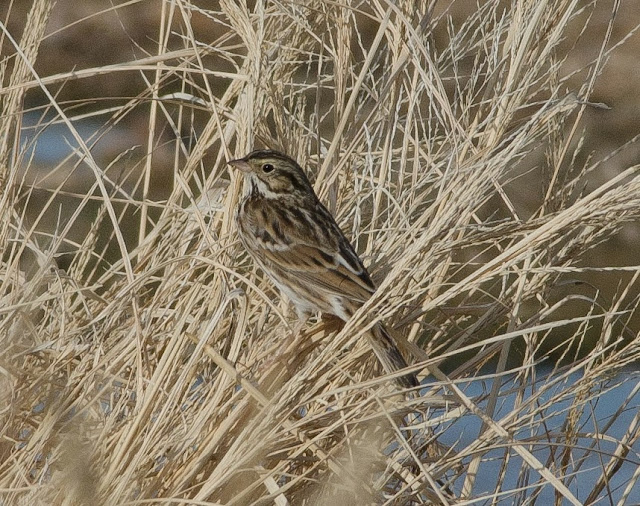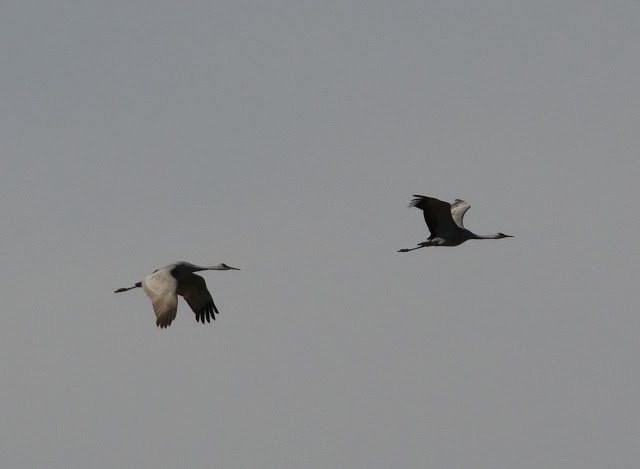On December 24th a rare bird alert and a text from expert birding friend, Tommy D. proved to be a crazy chains of events. That day a very rare bird for Maricopa County was first seen and reported by an out of state birder of a female Long-tailed Duck at the Glendale Recharge Ponds. So with a short notice I took off to search for this rarity. This is a bird that breeds in northern Canada on tundra ponds and most generally spends its winters along the northern Pacific and Atlantic coasts. After I arrived and found the bird, then a couple of other birders arrived with scopes (which gave me excellent views, by the way). This place is not the best place for photos as the ponds are quite large and the birds are most generally quite a distance away. But I was able to get photos good enough for ID purposes. This was exciting as it was a bird I thought I might never see; almost like a Christmas gift to myself. (Several birders arrived on Christmas morning and this bird was no longer there, so heading out there that same day was well worth the trip.)
Long-tailed Duck - Female
Long-tailed Duck - Female
As I was visiting with the other birders, one of them mentioned that he would like to go to Yuma to look for the juvenile White Ibis that has been found down there. After a few more comments a hasty agreement was reached to head to Yuma on Saturday the 28th and the plans were finalized with a few emails. At a godforsaken hour of 3:00 am on Saturday we met and 5 of us headed to Yuma. Joining me was Mark Ochs, (who I have been birding with several times), Steve Hosmer, Moe Bertrand, and Louis Hoeniger. Needless to say the vehicle was full, but one of our goals was to see if we could locate some of the rails in that area in the dark of the night before sunrise. In the dark at Mittry Lake, we were able to hear Sora, Virginia Rail, Clapper Rail, and a few Great Horned Owls. Unfortunately we dipped on the Black Rail, which was our main focus. Once the sun lightened up the skies a bit we then headed to the Yuma East Wetlands which was the location of the White Ibis. As we were walking the dikes an American Pipit and a Spotted Sandpiper, were being very cooperative with us.
American Pipit
Spotted Sandpiper
It did not take long and Mark spied an Ibis flying over the cattails far out in the distance. All of us quickly got on the bird and knew it was our target bird with a bright orange/red bill and the white belly. But about as quickly as we saw it dropped down into the cattails and disappeared from view. Louis was quick to get a couple of photos to confirm the ID of this bird, but the rest of us just got to enjoy the brief sighting. We at least found our target bird for the day which just peaks my interest a bit more and wanting to get photos.
In returning to the Phoenix metro area, we made a brief stop at a place called Quigley Wildlife Area just north of the small town of Tacna, AZ. While it is not a birding hotspot compared to some other locations, it turned out to be quite a enjoyable destination. From the road we spied a small flock of Cattle Egrets, which is always an interesting find. This species is one that does not always hang around areas with lots of water and they have a tendency to wander a lot, so finding them can be a hit or miss.
Cattle Egrets
Other birds that we found at this location included a Green Heron, a 'kiting' American Kestrel, a Red-tailed Hawk, and a Loggerhead Shrike. We also had a Prairie Falcon and a Great Horned Owl that both flushed before we saw them.
American Kestrel
American Kestrel
Green Heron
Green Heron
Loggerhead Shrike
Red-tailed Hawk
It was a day of overcast skies which made photography a bit more of a challenge, but when considering the birds we had the fortune of seeing, it was all worth the time and effort. Now that I have a better feel for birding in Yuma County, it is definitely worth more trips in the future. Kind of funny how 1 rare bird leads to a second rare bird!
